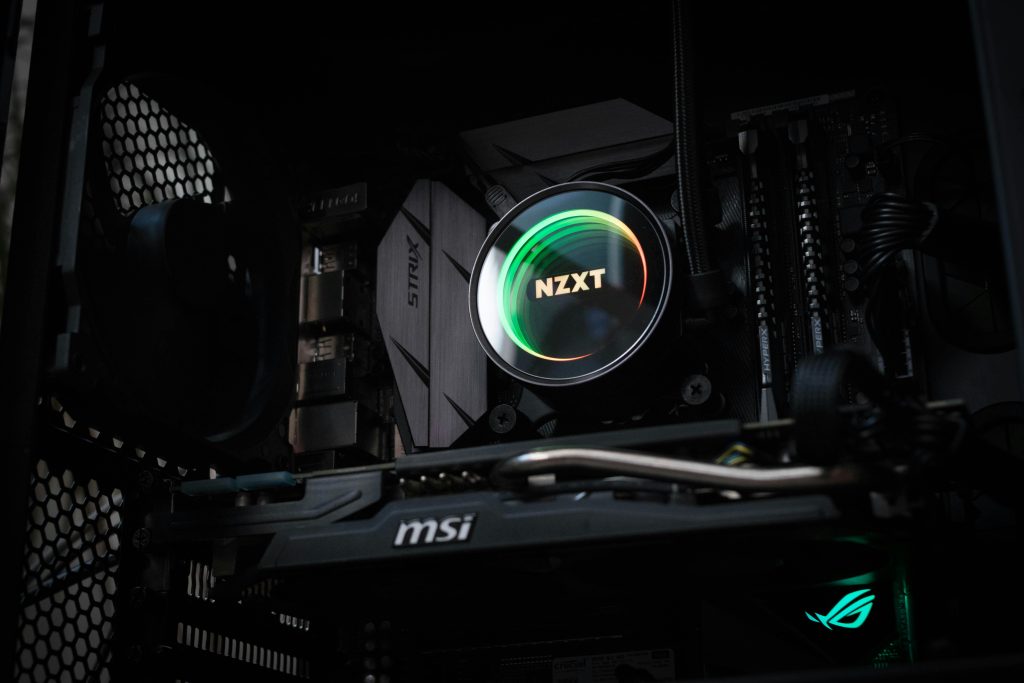Understanding and Resolving the American Megatrends Boot Loop on Your PC
Experiencing a computer that restarts immediately upon powering on, followed by displaying the American Megatrends BIOS screen, can be both frustrating and alarming. This issue often indicates underlying hardware or BIOS configuration problems that need careful troubleshooting. This article provides a comprehensive guide to diagnosing and resolving this common startup anomaly on PCs, especially those with ASUS motherboards.
Recognizing the Issue
When turning on your PC, observe that it:
– Powers off immediately after initial startup.
– Powers back on automatically.
– Boots into the American Megatrends BIOS screen.
The BIOS screen displays vital system information, such as motherboard type, BIOS revision, CPU details, memory specifications, and connected storage devices. An example BIOS message might read:
American Megatrends
AMIBIOS (C) 2017 American Megatrends, Inc.
ASUS PRIME Z370-P ACPI BIOS Revision 0417
CPU: Intel(R) Core(TM) i7-8700K @ 3.70GHz, Speed: 3700MHz
Total Memory: 16GB DDR4-2133
USB Devices: 0 drive, 2 keyboards, 1 mouse, 0 hubs
Detected ATA/ATAPI Devices…
SATA6G_3: ST1000VM002-1ET162
Please enter setup to recover BIOS setting.
The BIOS also notes that if Intel Optane Memory or RAID configurations are involved, SATA mode must be changed to RAID to prevent issues, prompting the user to press F1 to enter setup.
Common Causes
This particular behavior can stem from multiple factors:
- BIOS Configuration Errors: Incorrect settings, especially related to storage modes or RAID configurations.
- Hardware Initialization Failures: Faulty hardware components such as RAM, storage drives, or the motherboard itself.
- Power Supply Problems: Insufficient or unstable power delivery causing boot loops.
- Corrupted BIOS or Firmware: Outdated or corrupted BIOS firmware hindering normal startup.
Step-by-Step Troubleshooting
1. Enter BIOS Setup
- Press F1 (as prompted) or the ‘Delete’ key during the American Megatrends screen to access BIOS settings.
- Once in BIOS, take note of current settings, particularly SATA Mode, boot order, and any active RAID or Optane configurations.
**2. Reset
Share this content:



